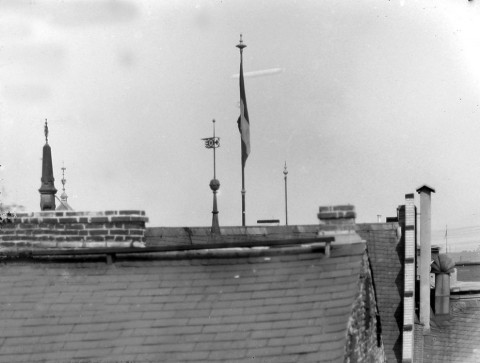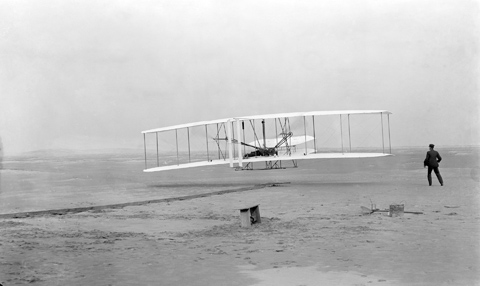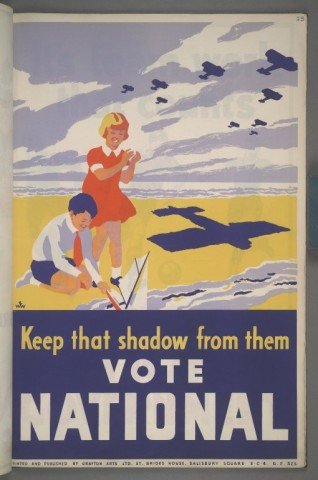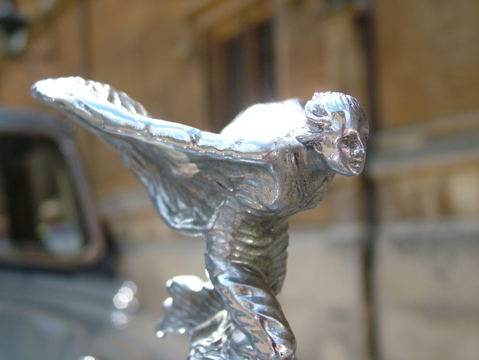Trust but verify
A question about the phantom airship scares which has bothered me for a while is, how accurate are the press reports of people seeing something strange in the sky? That is, did people actually see something strange in the sky, or were the press reports made up or otherwise distorted? There is some evidence from […]





